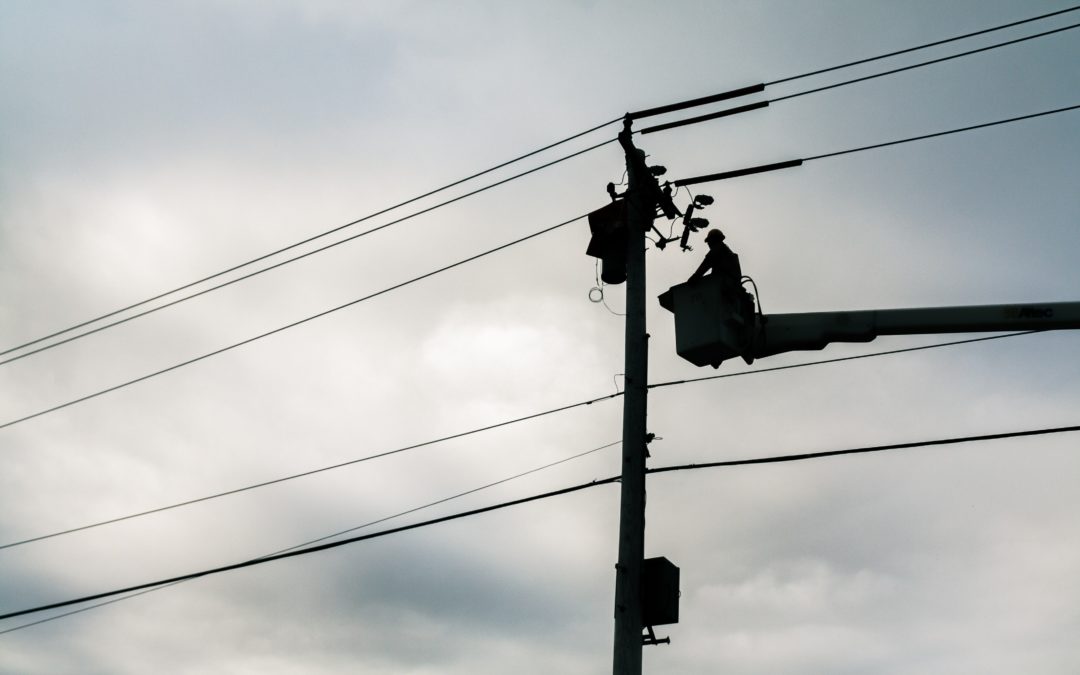In recent weeks, I have been involved in several conversations about distributors (DBs) not being able to include demand response investments in their asset base. Instead they will need to contract in demand response services from third parties. The rationale behind this is Regulators want to create a competitive market, which they believe cannot be achieved if DR goes into a DBs asset base.
The concern I have is I do not believe the mechanisms we have in place today are sufficient to drive DBs to focus on outcomes that are in the best interest of the consumer. Currently, a DB makes more money building new infrastructure over encouraging consumers to reduce demand.
Regulators are aware of this and are looking at options, but it’s difficult under the current framework. It would be great if, like Hawaii, we could implement performance-based regulation and break the link between utility revenues and capital investments. Without significant changes to regulation, we are kidding ourselves if we think DBs will try to extract the most value from demand response, while they can still make a greater return investing in more supply-side infrastructure.
The Regulatory Investment Test for Distributors (RIT-D) is in place today and attempts to ensure DBs are assessing whether DR has been properly considered. My concern is, RIT-D creates constant tension between the Regulator and the DB. Like Hawaii, we need to put mechanisms in place to reward distributors for an outcome, not for buying assets.
Distributors across Australia are putting together their investment plans for the next regulatory period. Within those submissions, I would hope to see a fair amount of focus on demand response. If I think about DR from a distributor’s perspective. They need a capability that gives certainty to reduce load within minutes, maybe even seconds, of knowing they need it. They should be looking at investments in analytics, and in particular, artificial intelligence so they can better identify DR opportunities in their network. They should be bolstering systems to collect more granular data at greater frequencies. They need a central demand response management system, integrated with a broader advanced distribution management system (ADMS) and distributed energy resources management system (DERMS). They should also consider investing in direct load control devices that go into a consumer’s home.
If the demand response assets I mention in the previous paragraph cannot be placed in a DBs rate base, or if the DB cannot see a clear path as to how DR will lead to revenue streams comparable to their traditional approach, how can we expect any large scale move to demand response by distributors?
These are hard questions with no easy answers, but they must be addressed if we are to see DBs proactively explore DR beyond pilots.
How do you believe distributors should be compensated for choosing demand response over investing in more infrastructure?
To keep up-to-date with my latest articles, subscribe to my blog in the footer below.
My best-selling book, ‘The Digital Utility’, is available for purchase here.

“They should be bolstering systems to collect more granular data at greater frequencies.” This is the crux of the issue. The granular data needs to be recorded from the assets and not from the customers. Houses are connected and reconnected to different circuits all the time, rental customers move in and out. The granular data needs to comer directly from the substations. By the time you join the meter to a customer to a supply point to a circuit to a substation, forget about any sort of useful live granular data. Further more, DB costs appear to exclude maintenance of aging wooden poles, which an ombudsman has deemed as “neglected” in WA, and possibly now in a dispute in Victoria.